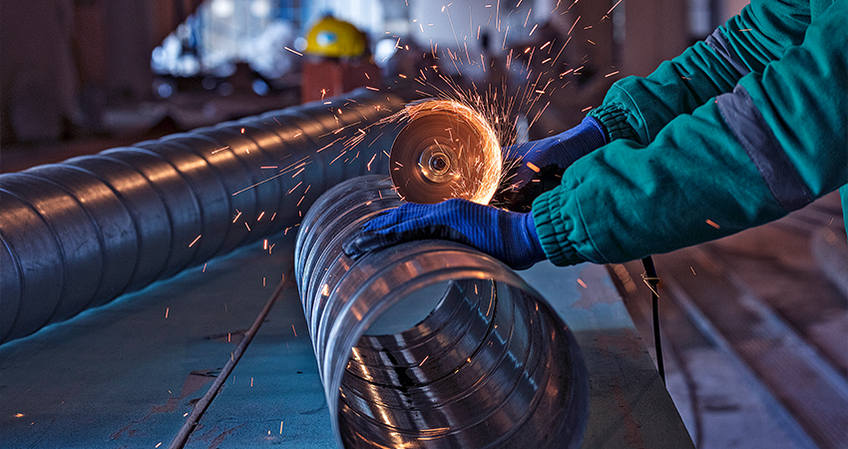US Manufacturing Index Rises, Signaling Sector Revival
- ISM PMI Expansion: March's PMI rose to 50.3 percent, indicating the first expansion in US manufacturing since September 2022, driven by gains in production and new orders.
- Challenges and Policy Impacts: Despite rising costs and inflationary pressures, federal policies such as the CHIPS Act and the Infrastructure Investment and Jobs Act have been instrumental in promoting manufacturing growth.
Growth in March 2024 with Surge in Production and New Orders
The US manufacturing sector has recently shown promising signs of revival, with the latest data indicating a return to growth after a prolonged period of contraction. The Institute for Supply Management's (ISM) composite Purchasing Managers' Index (PMI) for March 2024 has risen to 50.3 percent, marking the first expansion since September 2022, and suggesting that the sector could continue to expand in the coming months.
This positive shift is largely attributed to significant improvements in production and new orders. The Production Index, a key component of the PMI, surged by 6.2 percentage points to 54.6 percent, while the New Orders Index expanded for only the third time in 22 months, registering at 51.4 percent.
These figures are critical because they reflect the health of manufacturing by measuring output and demand, respectively. The resurgence in manufacturing activity is not an isolated event but a broader trend. Historically, manufacturing growth cycles in the US have lasted between 28 and 36 months, and the current data suggests that the sector is entering a new growth phase. This optimism is further supported by the fact that US manufacturing is a highly diversified sector that contributed a significant $2.9 trillion to the GDP in 2023.
Biden Policies Drive US Manufacturing Forward in 2024
Several factors have contributed to this positive outlook. The Biden administration's policies, such as the CHIPS Act and the Infrastructure Investment and Jobs Act, have incentivized domestic manufacturing and infrastructure development, which in turn has boosted the sector. Additionally, the Inflation Reduction Act has spurred investment in clean manufacturing, aligning with the growing emphasis on sustainability.
Despite these positive developments, manufacturers still face challenges, including rising costs. Inflation has driven up prices for materials, wages, and energy, forcing manufacturers to balance costs with the need to maintain production capacity and competitiveness. Labor costs are expected to remain high, although turnover may ease, and commodity and energy prices remain a concern amid high inflation.
Supply chain improvements are expected to reduce lead times for supplies, which is a positive sign for the industry's operational efficiency. However, manufacturers must also increase their investment in cybersecurity infrastructure to protect against costly data breaches, which have become a significant risk. Lastly, the impact of climate change is an ongoing concern, with rising insurance costs and potential storm destruction costs necessitating greater financial planning and resilience strategies.

